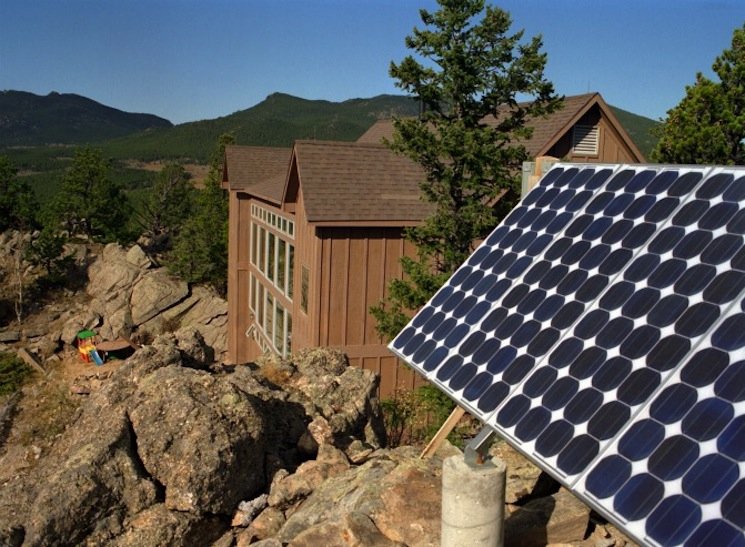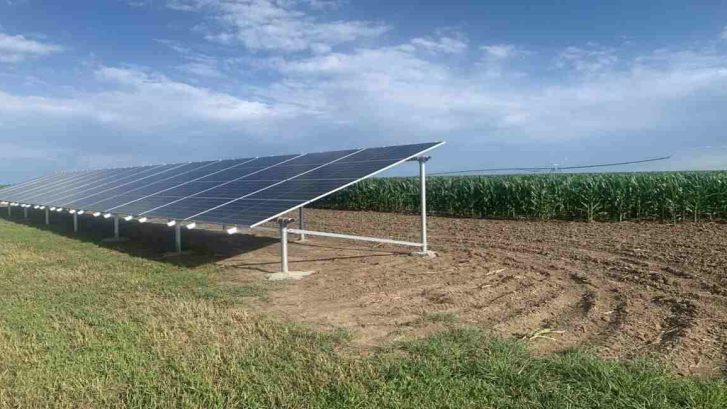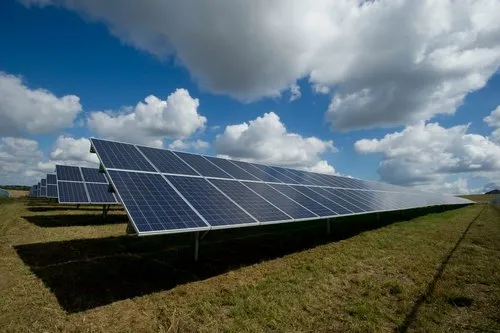
Introduction
Solar energy has become an increasingly important topic, particularly in remote and off-grid areas where traditional energy sources are limited. In this article, we will explore the significance of solar energy in these regions and the importance of addressing energy needs in such areas.
Historical Background
The historical development of solar energy has paved the way for its evolution in remote and off-grid areas. Over the years, advancements in technology and a growing understanding of solar power generation have made it a viable solution for energy access in these regions.
Key Concepts and Definitions
Solar energy
Solar energy refers to the radiant light and heat from the sun that is harnessed and converted into usable electricity. Photovoltaic systems, commonly known as solar panels, are the primary means of harnessing solar energy and converting it into electricity.
Remote and off-grid areas
Remote and off-grid areas are often characterized by their limited access to the centralized power grid. These regions face unique challenges and limitations when it comes to energy access, making solar energy a crucial solution for meeting their energy needs.

Benefits of Solar Energy in Remote Areas
Environmental advantages
One of the significant benefits of solar energy in remote areas is its positive impact on the environment. Solar power generation produces clean and renewable energy, reducing greenhouse gas emissions and mitigating the impact of climate change.
Cost-effectiveness and long-term savings
Solar energy offers cost-effectiveness and long-term savings in remote areas. Once the initial investment in solar panels and systems is made, the operational costs are minimal. This makes it an economically viable option for communities with limited financial resources.
Energy independence and self-sufficiency
Solar energy provides remote areas with energy independence and self-sufficiency. By generating their own electricity, these communities are not reliant on external sources and are less vulnerable to power outages or fluctuations.
Applications and Implementation of Solar Energy in Off-Grid Areas
Solar-powered water pumps and irrigation systems
Solar energy is widely utilized in off-grid areas for powering water pumps and irrigation systems. By harnessing solar power, these systems provide a sustainable solution for agricultural needs, improving crop yields and livelihoods.
Solar microgrids and decentralized energy systems
Solar microgrids and decentralized energy systems play a crucial role in providing electricity to off-grid areas. These systems connect multiple sources of solar power, enabling communities to access reliable and affordable electricity.
Solar lanterns and portable solar panels for individual households
Solar lanterns and portable solar panels are invaluable for individual households in remote areas. These devices provide lighting and the ability to charge small electronics, improving quality of life and enabling access to education and communication.

Policy and Regulatory Frameworks for Solar Energy in Remote Areas
Government incentives and subsidies
Governments often provide incentives and subsidies to promote the adoption of solar energy in remote areas. These financial incentives help offset the initial investment costs and encourage the implementation of solar projects.
Supportive policies and regulations
Supportive policies and regulations are essential for the successful implementation of solar energy projects in remote areas. These policies create an enabling environment for renewable energy development and facilitate the integration of solar power into the existing energy infrastructure.
Case Studies or Examples
Case Study 1: Solar energy initiatives in rural communities in India
In rural communities in India, solar energy initiatives have made a significant impact. These initiatives provide electricity to households, schools, and healthcare facilities, improving living conditions and enabling economic opportunities.
Case Study 2: Solar-powered microgrids in remote regions of Africa
Solar-powered microgrids have been successfully implemented in remote regions of Africa. These microgrids have transformed communities by providing reliable electricity, stimulating economic growth, and improving education and healthcare services.
Current Trends or Developments
Advances in solar technology for remote areas
Advancements in solar technology have led to increased efficiency in solar panels, making them more suitable for remote and off-grid areas. These improvements enhance the generation capacity and reliability of solar power in these regions.
Collaborative efforts and partnerships
Non-governmental organizations (NGOs) and non-profit organizations play a crucial role in promoting solar energy access in remote areas. Collaborative efforts and partnerships with governments and private sector entities help drive the implementation of solar projects.
Challenges or Controversies
Limited financial resources and funding
Limited financial resources and funding pose significant challenges to the widespread adoption of solar energy in remote areas. Finding sustainable financing models and attracting investments remain crucial to overcoming this barrier.
Technological limitations and infrastructure requirements
Technological limitations and infrastructure requirements can hinder the implementation of solar energy projects in remote areas. Addressing these challenges through research and innovation is essential for expanding solar energy access.
Cultural and social barriers in adopting solar energy
Cultural and social barriers, such as traditional practices and beliefs, can impede the adoption of solar energy in some remote areas. Community engagement and awareness campaigns are vital for overcoming these barriers.

Future Outlook
Potential for scaling up solar projects in remote areas
There is immense potential for scaling up solar projects in remote areas. With continued advancements in technology and increased awareness, solar energy can become a primary source of electricity in these regions.
Integration with other renewable energy sources
Integrating solar energy with other renewable energy sources, such as wind and hydropower, can further enhance energy access and reliability in remote areas. This diversification of energy sources ensures a sustainable and resilient energy future.
Importance of research and innovation in sustainable energy solutions
Research and innovation play a critical role in developing sustainable energy solutions for remote areas. Continued investment in research and development will drive advancements in solar technology and overcome the challenges faced in implementing solar energy projects.
Conclusion
Solar energy holds immense potential in addressing the energy needs of remote and off-grid areas. Its environmental advantages, cost-effectiveness, and ability to provide energy independence make it a viable solution. By embracing solar energy, these regions can improve their quality of life, stimulate economic growth, and contribute to a sustainable future.




